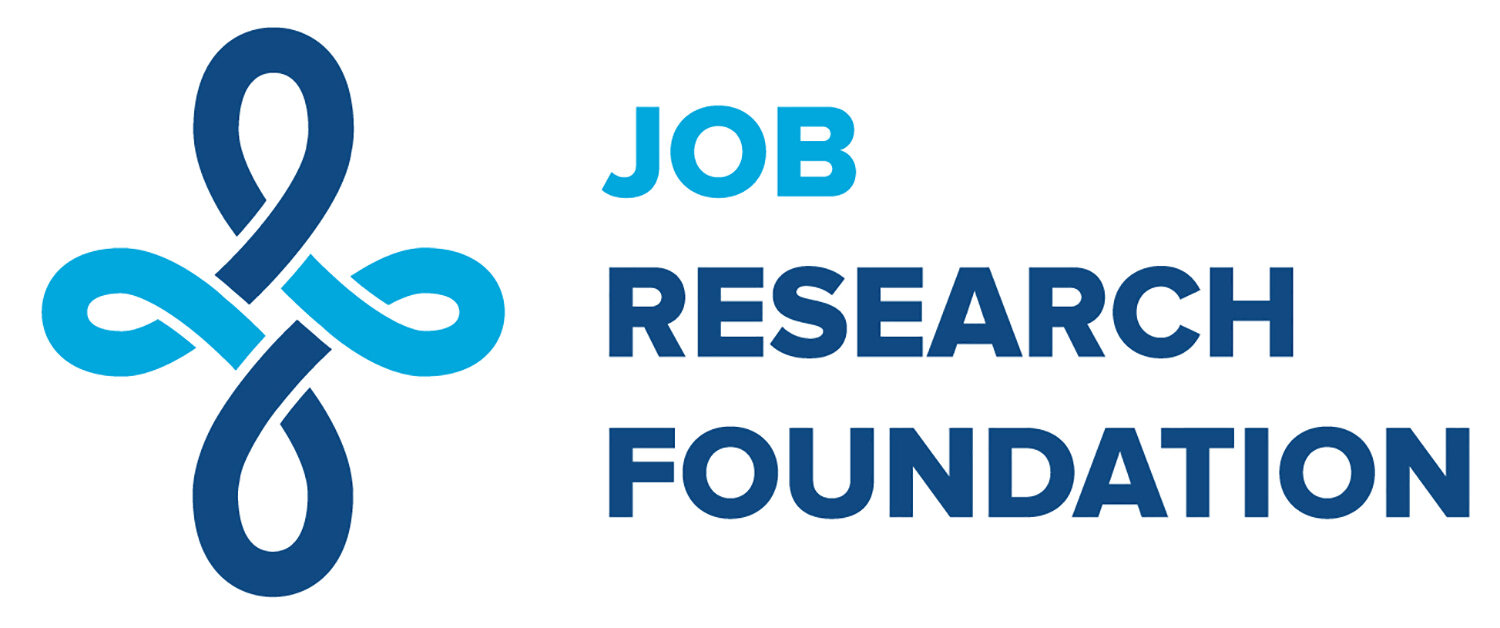Research
While the mission of the Job Research Foundation is to provide the medical research community with the tools to further their investigation of Job Syndrome, the foundation also realizes there is much to gain from previous research.
The first big breakthrough came in 2007 when researchers Steven M. Holland from the National Institutes of Health Intramural Research Program and others discovered the crucial role of the STAT3 protein gene that alerts and directs immune system responses to stop invading pathogens. In the 48 Job Syndrome patients that Dr. Holland and his team examined, they found that mutations in the STAT3 gene cause the disease.
At the time, Dr. Holland’s team made the assertion that the disease was associated with excessive immune reaction, not deficient immune reaction, as many scientists had come to believe.
Other contributors to the NIH study titled, “STAT3 Mutations in the Hyper-IgE Syndrome,” came from three NIAID (National Institute of Allergy & Infectious Diseases) laboratory groups and three other NIH institutes, including the National Human Genome Research Institute, the National Cancer Institute and the National Center for Biotechnology Information, along with the Food & Drug Administration, the Royal Free Hospital and University College in London, and the University of California-San Francisco.
Further research later that year resulted in a study published by Minegishi Y in the scientific journal Nature called “Dominant-negative Mutations in the DNA-binding Domain of STAT3 Cause Hyper-IgE Syndrome." It determined that the dominant-negative mutations existent in the human signal transducer and activator of the STAT3 gene result in Job Syndrome, referenced in this study as Hyper-immunoglobulin E syndrome (HIES). The research disclosed that eight out of 15 unrelated non-familial HIES patients had heterozygous STAT 3 mutations, but that their parents and siblings did not have the mutant alleles, suggesting that they were in fact de novo mutations. Five different mutations were discovered, all located in the STAT3 DNA-binding domain.
In 2008, another groundbreaking discovery was documented in a study titled, “Hyper-IgE Syndrome Update.” NIH scientists, along with researchers from the NIAID and the National Institute of Arthritis and Musculoskeletal and Skin Diseases (NIAMS), discovered that Job Syndrome sufferers lack a specific type of infection-fighting white blood cell called the Th17 cell, which produces a protein called Interleukin-17 (IL-17) and is critical to recruiting other microbe-fighting immune cells known as neutrophils to the site of a body’s infection. This flaw is what makes STAT3 Deficient/Job Syndrome patients vulnerable to attacks from bacteria and fungi.
In addition, a 2012 French national survey titled, “Autosomal Dominant STAT3 Deficiency and Hyper-IgE Syndrome,” was conducted on 60 patients with heterozygous STAT3 mutations. The study documented the molecular, cellular and clinical features of the patients, identifying 11 known and 13 new mutations of the STAT3 gene.
Other recent studies include the following:
- “Novel STAT3 Mutation Causing Hyper-IgE Syndrome: Studies of the Clinical Course and Immunopathology,” March 2014, by scientists at the Karolinska Institutet in Stockholm, Sweden.
- “Hyper-IgE Syndrome with a Novel STAT3 Mutation - A Single Center Study from India,” February 2014, by scientists at the Post Graduate Institute of Medical Education & Research in Chandigarh, India, the DNA Research Institute in Chiba, Japan, and the National Defense Medical College in Saitama, Japan.
- “Distinct Mutations at the Same Positions of STAT3 Cause Either Loss or Gain of Function,” May 2016, by researchers at the National Institute of Allergy and Infectious Diseases (NIAID), National Institutes of Health (NIH), Bethesda, Maryland, and the Department of Molecular Biomedicine, CINVESTAV-IPN, Mexico City, Mexico.
The work of Minegishi Y. The first to report STAT3 mutations: Minegishi Y et al, Nature, 2007 ; 448, 1058-62
